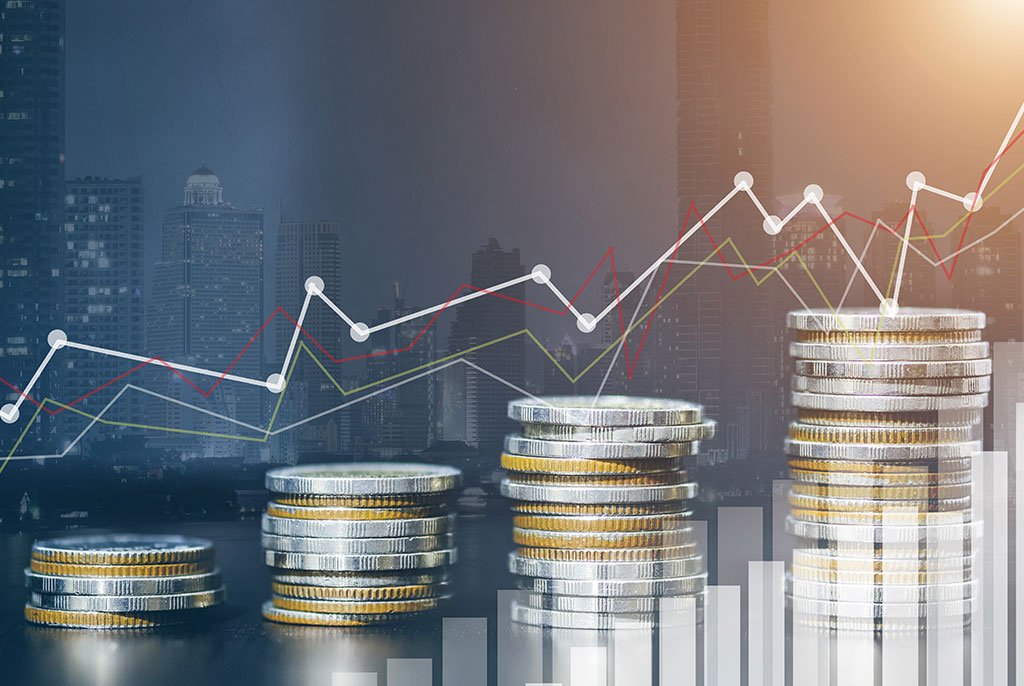Europe stands as one of the most economically developed and interconnected regions in the world. Its diverse economies, driven by both advanced industrialized nations and emerging markets, contribute significantly to global trade, innovation, and economic stability. While recent years have brought new challenges, from Brexit to geopolitical tensions, Europe’s economy continues to evolve through a mix of tradition, transformation, and forward-looking policy.
A Diverse Economic Landscape
The European economy is not a monolith but a mosaic of distinct economies, each with its own strengths and structures. Western Europe is dominated by advanced economies such as Germany, France, and the United Kingdom, all of which boast high GDPs, well-developed infrastructure, and strong industrial bases. Germany, in particular, is known as the economic powerhouse of Europe, largely due to its automotive, machinery, and manufacturing sectors.
Meanwhile, Scandinavian countries such as Sweden, Norway, and Denmark are known for their strong social welfare models, innovative tech sectors, and high standards of living. Southern European nations like Italy, Spain, and Greece have struggled with debt and unemployment in recent years but are vital for tourism, agriculture, and culture-based industries.
Eastern Europe, including countries such as Poland, Hungary, and Romania, has seen impressive economic growth, driven by foreign investment, skilled labor, and integration with EU markets.
The Role of the European Union
The European Union (EU) plays a central role in shaping the continent’s economy. As a political and economic union of 27 countries, it offers a single market with free movement of goods, services, people, and capital. This has greatly enhanced trade and economic collaboration among member states.
The EU also manages trade negotiations with other global powers and enforces competition law, environmental regulations, and consumer protections. It provides structural funds to help underdeveloped regions grow and supports innovation through programs like Horizon Europe.
One of the EU’s most powerful tools is the Euro, the shared currency of 20 member countries. It simplifies trade and investment within the Eurozone, although it also means that individual countries cannot independently adjust their monetary policies.
Innovation and Industry
Europe is known for blending traditional industries with cutting-edge innovation. Germany’s manufacturing excellence, France’s luxury and aerospace sectors, and Italy’s fashion and design influence global markets. At the same time, tech hubs in cities like Berlin, Stockholm, Amsterdam, and Lisbon are gaining attention for startups and digital innovation.
The continent is heavily investing in green technology, renewable energy, and digital infrastructure. The European Green Deal, an ambitious plan to make the EU climate-neutral by 2050, is spurring new industries and job creation in clean energy, sustainable transport, and circular economy sectors.
Challenges Facing the European Economy
Despite its strengths, Europe’s economy faces several key challenges:
-
Demographic Shifts: An aging population in many countries threatens to reduce workforce participation and increase public spending on pensions and healthcare.
-
High Public Debt: Especially in Southern Europe, debt remains a concern, limiting governments’ fiscal flexibility.
-
Geopolitical Tensions: The war in Ukraine has had a major impact on energy prices and trade routes, while relations with Russia and China remain delicate.
-
Energy Dependence: Europe has historically relied on Russian gas. The need for energy independence is now urgent, requiring rapid investment in renewables and alternative sources.
-
Brexit: The UK’s departure from the EU has created new trade barriers and uncertainty for businesses and financial institutions.
Despite these challenges, Europe continues to demonstrate resilience through coordinated policy responses, investment in innovation, and regional collaboration.
Digital and Green Transformation
Two of the most transformative trends in Europe’s economy today are digitalization and sustainability. The EU’s “Digital Decade” initiative promotes the development of digital skills, infrastructure, and technologies, including 5G, AI, and cybersecurity.
At the same time, sustainability has become central to economic planning. From green construction to electric vehicles and sustainable finance, European policies are guiding the economy toward a low-carbon future. Companies are increasingly required to meet Environmental, Social, and Governance (ESG) standards to attract investment and comply with regulations.
Trade and Global Influence
Europe is a major player in global trade. The EU is the world’s largest trading bloc and has numerous trade agreements with countries in Asia, Africa, and the Americas. European products—from German cars and Swiss pharmaceuticals to French wines and Scandinavian design—are known for quality and innovation.
The region also holds significant influence in global economic governance, participating in forums like the G7, G20, and World Trade Organization (WTO).
Conclusion
The economy of Europe remains one of the most complex and influential in the world. While it faces several internal and external challenges, its foundation in innovation, trade, and policy coordination allows it to adapt and grow. As Europe continues to embrace green and digital transitions, it is well-positioned to maintain its global leadership role.
The key to the continent’s future lies in sustainable development, regional solidarity, and embracing innovation, ensuring that Europe not only recovers from current pressures but leads the way toward a resilient and forward-looking global economy.


